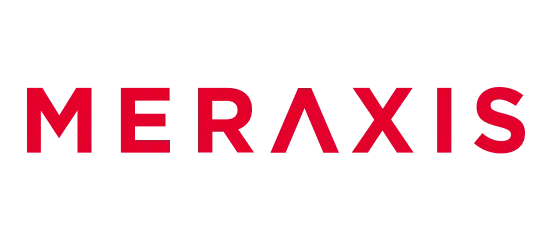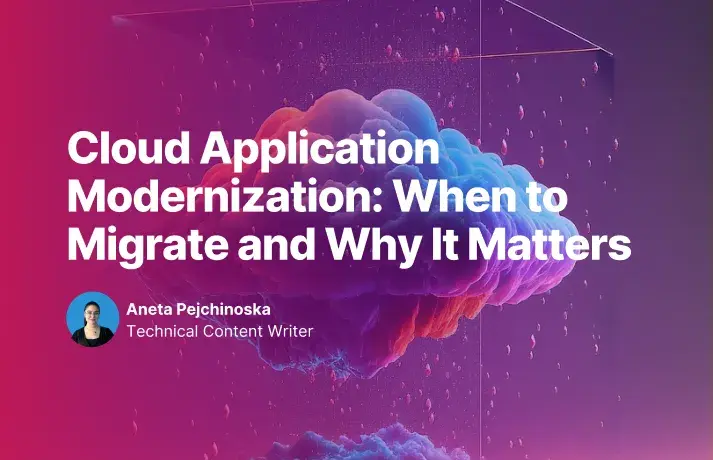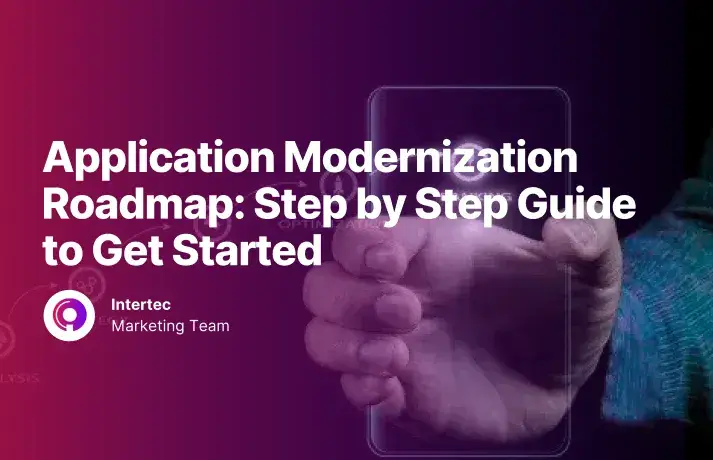The comprehensive 7 Rs framework decoded
Rehost: Lift and shift for rapid cloud adoption
Rehost, also known as "lift and shift," moves applications to cloud infrastructure without code changes, preserving existing storage, networking, and compute configurations. This strategy delivers the fastest migration path with minimal disruption, making it ideal for time-sensitive projects or organizations with limited cloud expertise.
AWS guidance recommends rehosting for large-scale legacy migrations where speed is critical, while Microsoft Azure emphasizes its value for stable, compatible workloads with low-risk migration requirements. The primary advantage lies in immediate cost reductions and elimination of data center operational expenses, with organizations typically achieving savings on infrastructure.
However, rehosting presents significant limitations. Applications don't leverage cloud-native features like auto-scaling or managed services, potentially resulting in higher long-term costs if not strategically managed. Technical considerations include compatibility assessments, network configuration setup, and performance monitoring using tools like AWS Application Migration Service and Azure Migrate.
Relocate: Hypervisor-level transformation for virtualized environments
Relocate transfers entire virtual environments from on-premises platforms to cloud equivalents without touching individual applications, operating at the infrastructure layer. This strategy proves particularly valuable for organizations with significant investments in VMware or Hyper-V technologies seeking to maintain familiar operational environments.
The approach delivers exceptional speed advantages for virtualized environments while eliminating data center costs and preserving existing operational workflows. IT teams continue using familiar VMware tools, eliminating retraining requirements and minimizing workflow disruption during migration.
Challenges include limitation to specific virtualization platforms, primarily VMware vSphere based workloads, and potential inability to support certain cloud-native features. Organizations must evaluate long-term cost implications as the strategy changes spending models from CapEx to OpEx without delivering full cloud optimization benefits.
Replatform: Selective optimization with managed services
Replatform moves applications to the cloud with minor optimizations to achieve tangible benefits without changing core architecture. This "lift, tinker, and shift" approach makes selective changes to leverage cloud capabilities while maintaining fundamental application structure.
AWS guidance emphasizes replatforming for organizations wanting to save time and reduce costs by moving to fully managed services, while Microsoft Azure highlights its value for improving security, disaster recovery, and reducing OS licensing overhead. Benefits include cost reduction through managed services, improved performance through cloud-optimized platforms, and enhanced security posture through OS updates.
Real-world implementations include migrating databases to Amazon RDS, moving applications to AWS Elastic Beanstalk, or transitioning from Microsoft Windows to Linux OS. However, the strategy requires more complexity than rehosting without fully leveraging cloud-native features, creating potential cost and risk considerations during implementation.
Refactor: Complete architectural transformation for cloud-native benefits
Refactor involves substantial code and architecture changes to fully utilize cloud-native features, improving agility, performance, and scalability. This strategy often breaks monolithic applications into microservices, enabling maximum cloud value through optimized architecture design.
Gartner analyst Stefan Van Der Zijden emphasizes that refactoring should address strong business needs for scale, performance, or features difficult to achieve in existing environments. The strategy delivers full utilization of cloud-native technologies, enabling targeted scaling of individual components and faster development cycles.
M&T Bank's real-world implementation demonstrates refactoring success, migrating from batch processing to real-time event-driven architecture. Results included reducing data staleness from 3 hours to sub-second accuracy and achieving a 40% reduction in data-driven project timelines. However, refactoring represents the most complex migration strategy, potentially taking 20x longer than rehosting approaches and requiring specialized cloud-native development expertise.
Repurchase: SaaS transformation for operational efficiency
Repurchase replaces existing applications with different versions or products, typically moving to Software-as-a-Service platforms. This "drop and shop" strategy involves switching from perpetual licenses to cloud-based solutions that better meet business needs.
Benefits include reduced maintenance burden as vendors handle updates and infrastructure, access to modern features and innovations, and professional support services. Challenges encompass vendor lock-in dependency, customization limitations compared to custom-built solutions, and ongoing subscription-based expenses requiring careful ROI evaluation.
Retire: Strategic elimination of redundant systems
Retire identifies and decommissions applications providing minimal business value or experiencing obsolescence. This strategy eliminates unused, redundant, or obsolete applications to reduce complexity and costs, focusing on "zombie" applications with "idle" applications with 5-20% usage over 90 days.
The approach delivers zero migration costs while eliminating security risks from outdated systems and freeing IT resources for valuable applications. Organizations must conduct careful dependency analysis and ensure critical historical data preservation for regulatory compliance requirements.
Technical considerations include using discovery tools for utilization analysis, comprehensive dependency mapping, and establishing data archival strategies. The strategy requires communication plans for user notification and rollback procedures if retirement proves premature.
Retain: Strategic preservation of stable systems
Retain keeps applications in current environments when they're stable, compliant, and meet business needs without near-term drivers for change. This strategy maintains applications on-premises or existing environments for systems with compliance constraints, high migration risks, or recent upgrade investments.
Benefits include risk avoidance for sensitive systems, cost control by avoiding migration expenses for low-ROI systems, and stability maintenance for reliable, working applications. Azure Arc enables management of on-premises workloads from Azure for hybrid scenarios, while Azure Local provides modern on-premises solutions with Azure connectivity.
Challenges include missing cloud benefits like scalability and innovation, ongoing infrastructure costs, and accumulated technical debt. Organizations should establish regular review cycles for potential migration opportunities and hybrid management strategies.








